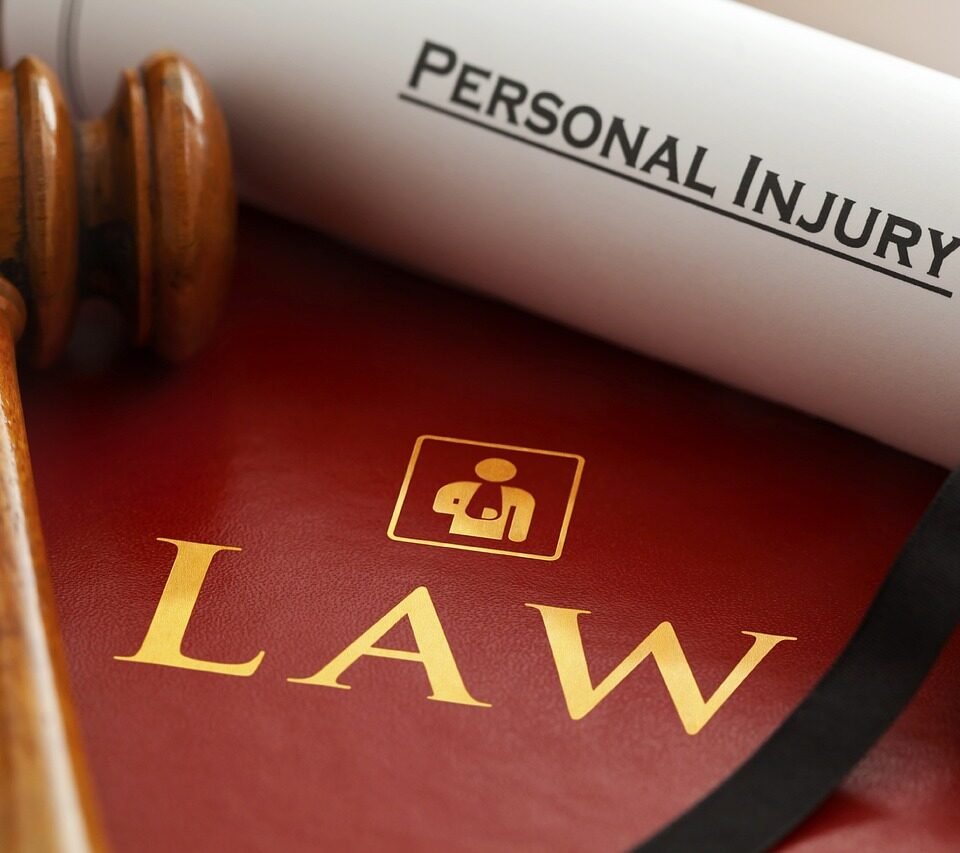Workplace injuries can disrupt your life in significant ways, affecting your health, finances, and overall well-being. If you suffer an injury at work in Washington, understanding your rights and legal options becomes crucial. This guide covers everything you need to know about handling workplace injuries in Washington, from immediate steps to take after an injury to navigating the workers’ compensation process and exploring legal avenues for additional compensation. By knowing your rights and the resources available, you can protect yourself and ensure you receive the benefits and support you deserve.
Table of Contents
1. Immediate Steps to Take After a Workplace Injury
When you experience an injury at work, taking the right steps immediately can impact your health and your ability to receive compensation. First, seek medical attention even if the injury seems minor; some conditions can worsen over time. Report the injury to your employer as soon as possible, preferably in writing, to create a formal record. Document details of the incident, including time, place, and any witnesses. This information will be critical when filing a workers’ compensation claim. Following these initial steps helps ensure your injury is treated promptly and sets the stage for a successful claim process.
2. Understanding Workers’ Compensation in Washington
Washington’s workers’ compensation system provides benefits to employees injured on the job, ensuring they receive medical care and financial support. After reporting your injury, your employer should file a claim with the Department of Labor & Industries (L&I). Benefits include coverage for medical expenses, wage replacement, and vocational rehabilitation if necessary. It’s important to know that workers’ compensation is a no-fault system, meaning you do not need to prove your employer was at fault to receive benefits. Consulting with Washington’s best injury lawyer can help navigate the complexities of the system and maximize your benefits.
3. Filing a Workers’ Compensation Claim
Filing a workers’ compensation claim involves several steps. Start by notifying your employer and seeking medical treatment. Your healthcare provider will file a Report of Accident with the L&I. Once your claim is received, L&I will review it and may contact you for more information. Keep thorough records of all communications, medical treatments, and any time missed from work. Respond promptly to any requests from L&I to avoid delays in your claim processing. Understanding the timeline and required documentation can help ensure your claim is processed smoothly and efficiently.
4. Types of Workers’ Compensation Benefits Available
Workers’ compensation in Washington provides various benefits depending on the nature and severity of your injury. Medical benefits cover all necessary treatments related to your injury, including doctor visits, surgeries, and prescriptions. Temporary disability benefits provide wage replacement if you’re unable to work while recovering. If your injury results in permanent disability, you may receive permanent disability benefits. Additionally, vocational rehabilitation services help you return to work, either in your previous role or a new position if you’re unable to perform your prior duties. Understanding these benefits helps you make informed decisions about your recovery and return to work.
5. Appealing a Denied Workers’ Compensation Claim
If your workers’ compensation claim is denied, you have the right to appeal the decision. Begin by reviewing the denial notice to understand the reasons for the decision. Often, claims are denied due to insufficient evidence or missing information. Gather additional documentation, such as medical records and witness statements, to support your appeal. File a protest or appeal with the L&I within 60 days of receiving the denial notice. Consider seeking legal assistance to strengthen your case and navigate the appeals process effectively. A successful appeal can ensure you receive the benefits you deserve for your workplace injury.
6. Third-Party Claims for Workplace Injuries
In some cases, a third party may be responsible for your workplace injury. For instance, if defective equipment caused your injury, you might have grounds to file a personal injury lawsuit against the manufacturer. Third-party claims can provide additional compensation beyond what workers’ compensation offers, covering pain and suffering, and other non-economic damages. It’s essential to consult with an experienced attorney to explore this option. They can evaluate your case, identify liable parties, and guide you through the legal process. Pursuing a third-party claim alongside your workers’ compensation claim can maximize your overall recovery.
7. Knowing Your Rights Under Washington State Law
Understanding your legal rights under Washington state law ensures you receive fair treatment after a workplace injury. Washington law protects injured workers by guaranteeing access to medical treatment and compensation without fear of retaliation from employers. If your employer attempts to deny your claim, terminates your employment, or otherwise retaliates against you, you have the right to take legal action. Familiarize yourself with your rights and responsibilities to confidently navigate the workers’ compensation system. Legal resources and advocacy groups can provide additional support and information to uphold your rights.
8. Returning to Work After an Injury
Returning to work after a workplace injury involves careful planning and communication. Your doctor will determine when you’re fit to return, and you might start with modified duties or reduced hours. Coordinate with your employer to develop a return-to-work plan that accommodates any limitations you have. Vocational rehabilitation services can assist if you need to transition to a new role. Open communication with your employer and healthcare provider ensures a smooth and safe return to work. Monitor your progress and report any difficulties to your doctor to adjust your recovery plan as needed.
9. Long-Term Implications of Workplace Injuries
Workplace injuries can have long-term implications on your health, career, and financial stability. Chronic pain, physical limitations, and mental health issues may arise. It’s crucial to plan for these potential outcomes by seeking ongoing medical care and legal advice. Permanent disability benefits and long-term vocational support can help manage these challenges. Understanding your rights and available resources ensures you receive adequate support to adapt to your new circumstances. A proactive approach to managing long-term implications can significantly improve your quality of life post-injury.
10. Finding Legal Assistance and Support
Navigating workplace injury claims and understanding your legal options can be complex. Seeking assistance from a knowledgeable injury lawyer ensures you receive expert guidance throughout the process. Look for attorneys specializing in workers’ compensation and personal injury law in Washington. Many offer free consultations to discuss your case and outline potential steps. Legal assistance helps you understand your rights, gather necessary documentation, and present a strong case for maximum benefits. Support from an experienced lawyer can make a significant difference in the outcome of your claim.
Conclusion
Workplace injuries require a thorough understanding of your rights and the legal options available in Washington. From immediate steps to take after an injury to exploring third-party claims, each aspect of the process plays a crucial role in your recovery and compensation. By staying informed and seeking professional assistance when needed, you can navigate the complexities of workers’ compensation and ensure your well-being. Protecting your rights and securing the support you need helps you focus on healing and moving forward after a workplace injury.










